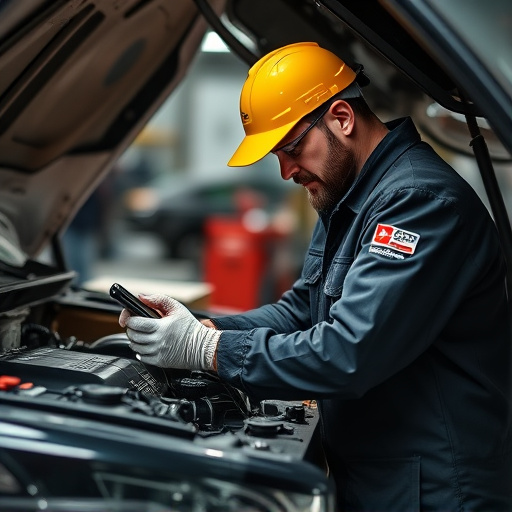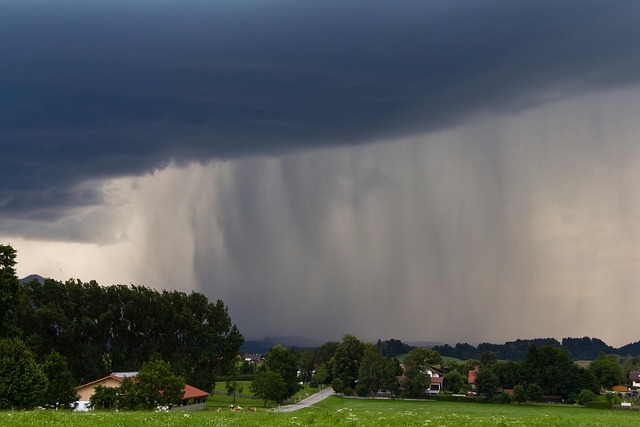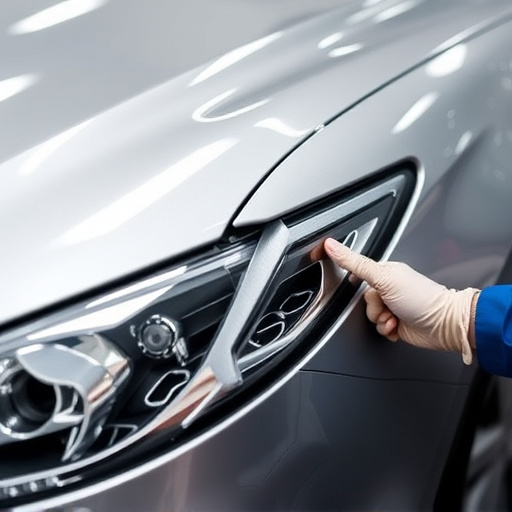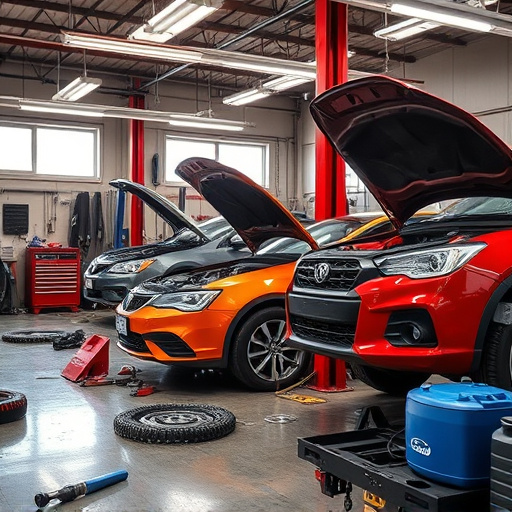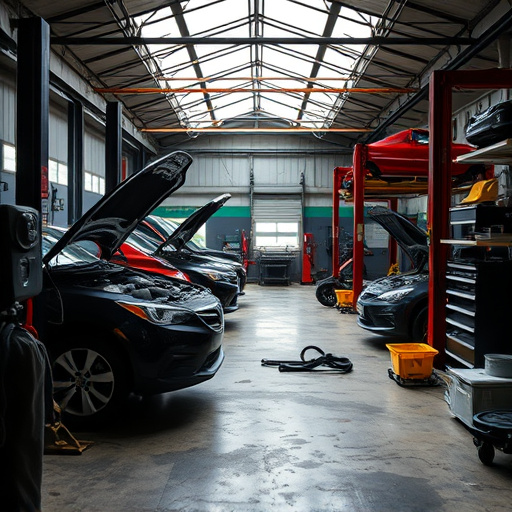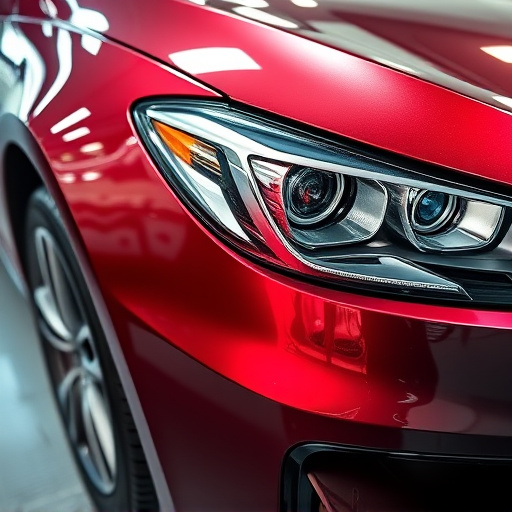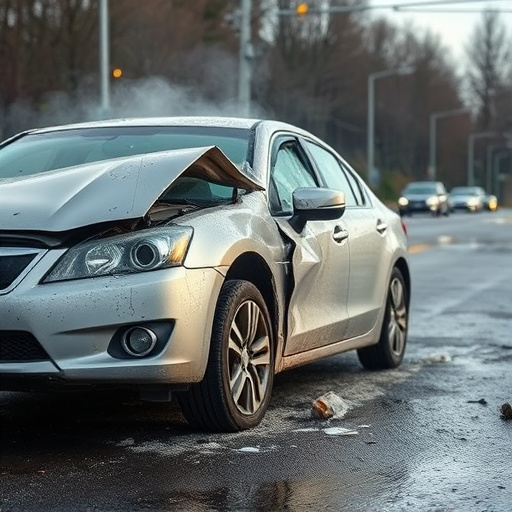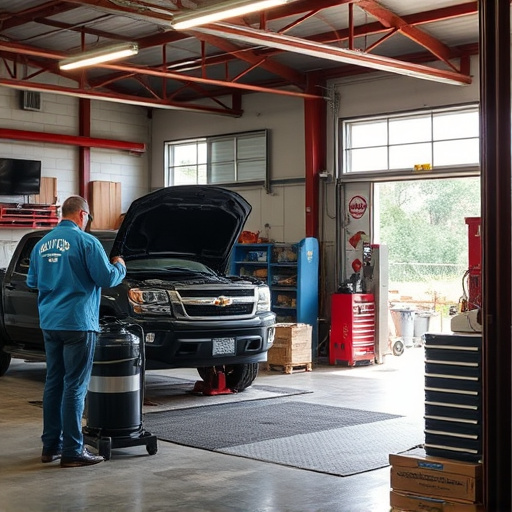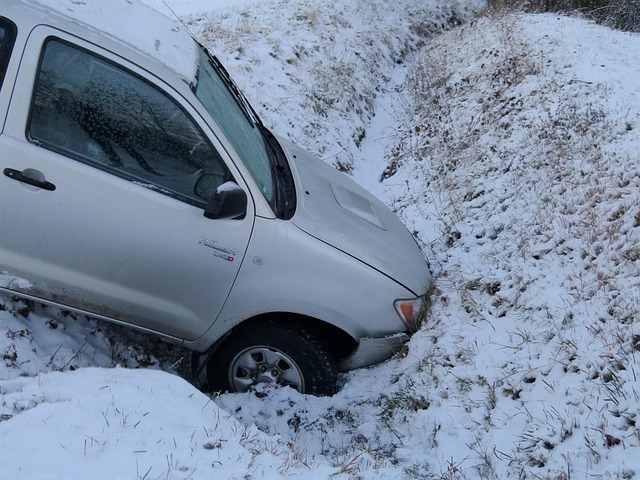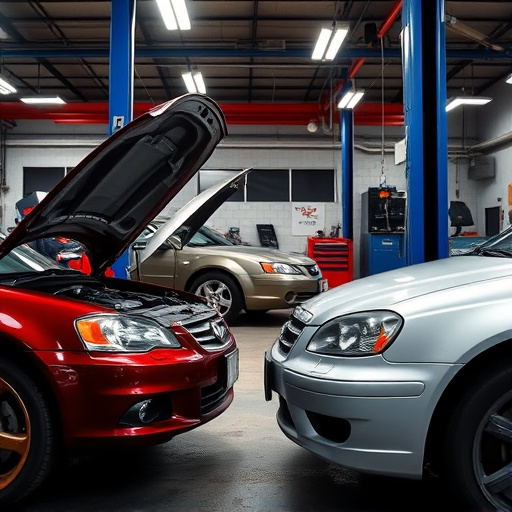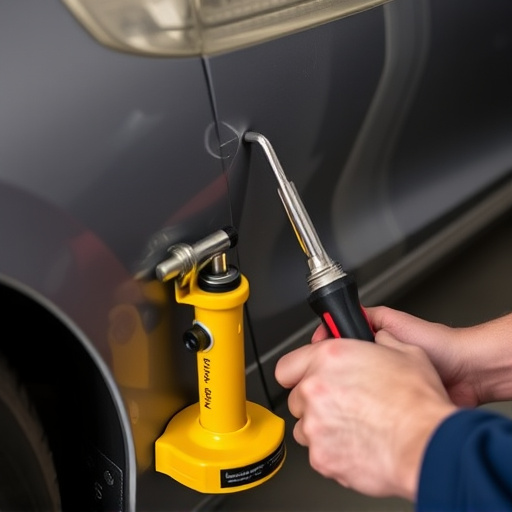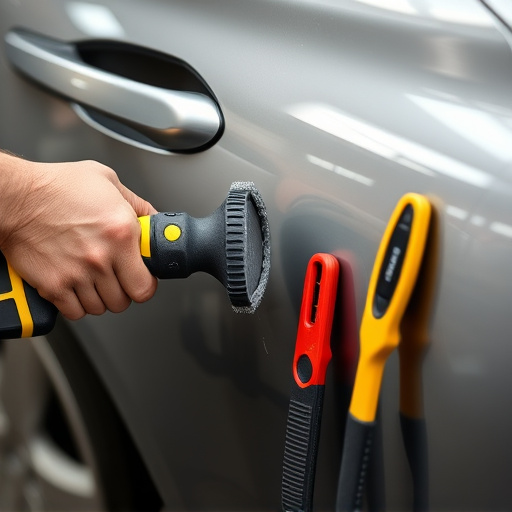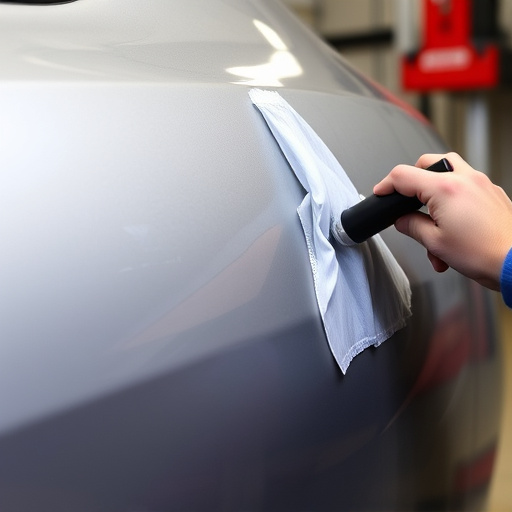Post-repair paint protection is crucial for preserving auto body repairs and restored vehicles. Modern paints are durable, so additional coats aren't always needed immediately. Allow repairs to cure, then use high-quality wax or sealant to protect from scratches, stains, UV rays, and car wash chemicals, enhancing aesthetics and vehicle value through regular maintenance.
After a repair, ensuring your vehicle’s paint stays protected is crucial. This guide addresses common customer queries about paint protection post-repair services. From understanding the benefits of post-repair coatings to maximizing their durability, this article offers insights into maintaining and enhancing your vehicle’s finish. Whether you’re a professional detailer or an informed car owner, these FAQs and best practices will help you make informed decisions for optimal paint protection.
- Understanding Paint Protection After Repairs
- Common FAQs About Post-Repair Coatings
- Maximizing Durability: Post-Repair Best Practices
Understanding Paint Protection After Repairs

After a car undergoes auto body repairs or vehicle restoration, ensuring the paint job remains flawless and protected is paramount. Paint protection post-repair services are designed to safeguard the newly repaired surface from potential damage. This includes preventing scratches, chips, and stains that can occur during everyday driving. These services often involve applying specialized coatings or sealants that create a barrier between the car’s paint and environmental factors like dirt, UV rays, and harsh chemicals found in car washes.
Understanding the importance of paint protection post-repair is crucial for maintaining the aesthetics and value of your vehicle. Car damage repair can leave the paint job vulnerable, especially if not properly protected. By investing in these services, you’re ensuring that your vehicle looks as good as new, preserving its glossy finish and enhancing its overall appearance.
Common FAQs About Post-Repair Coatings
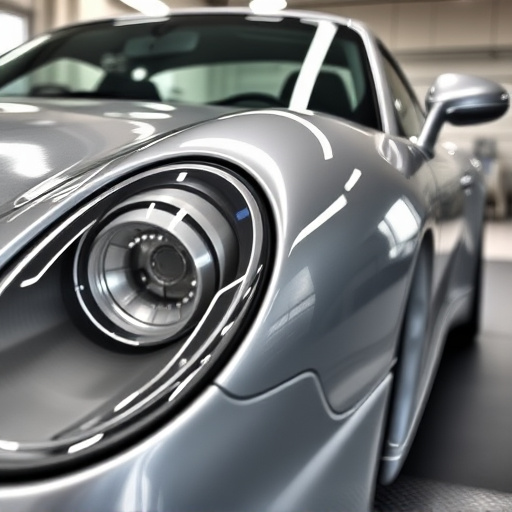
When it comes to safeguarding your vehicle’s freshly repaired paint job, many car owners have similar questions about post-repair coatings. A common inquiry is whether an additional coat of paint is necessary after a professional auto body repair. The answer often surprises some; unless specified by your auto body shop, a new base coat and clear coat are typically not required immediately after the repair. This is because modern paints and finishes are designed to be durable and resilient, offering adequate protection from environmental factors during the initial stages of curing.
Another frequent FAQ revolves around the timing for applying post-repair coatings. Many owners wonder if they should get their car coated right after the repair or wait a bit. The ideal timeframe varies based on several factors, including weather conditions and the specific paint used. In general, it’s best to let the repair cure completely first, usually a matter of days, before considering a protective coating application. This ensures optimal adhesion and longevity for both the repair and the coating, providing maximum paint protection post-repair in the long run.
Maximizing Durability: Post-Repair Best Practices
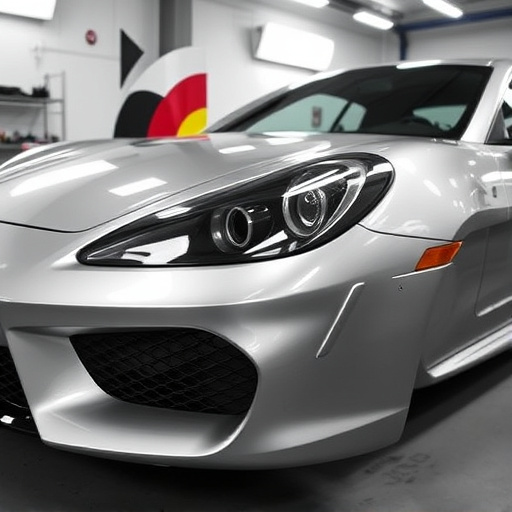
Maximizing the durability of your vehicle’s paint protection post-repair is paramount. Immediately after a car body shop repairs scratches or damages, implementing best practices ensures long-lasting results. First, avoid direct sunlight for 24 hours following the repair to prevent curing issues and discoloration. Second, use a microfiber cloth to gently clean the repaired area with a pH-neutral cleaner to remove any residue or contaminants that could affect the paint’s finish. Third, apply a high-quality wax or sealant as recommended by the auto body repair specialists to create an extra layer of protection against UV rays, bird droppings, and other environmental factors that can degrade the paint over time.
Regular maintenance is key to sustaining the integrity of your car’s paintwork. While some minor touch-ups may be necessary from time to time, adhering to these practices helps prevent future damage and keeps your vehicle looking its best. Remember, a well-maintained finish not only enhances the aesthetic appeal of your car but also protects its value over the long term, making it a smart investment in your vehicle’s overall care.
After repairs, ensuring optimal paint protection is key to maintaining your vehicle’s aesthetics. By addressing common FAQs and following best practices, you can maximize the durability of post-repair coatings. Understanding these services enhances the overall care for your car, providing long-lasting protection against scratches, chips, and other damage. Incorporating these strategies into your vehicle maintenance routine will help preserve the sleek finish of your paintwork for years to come.
